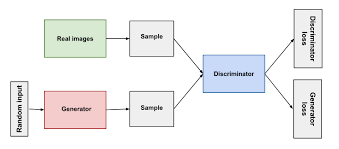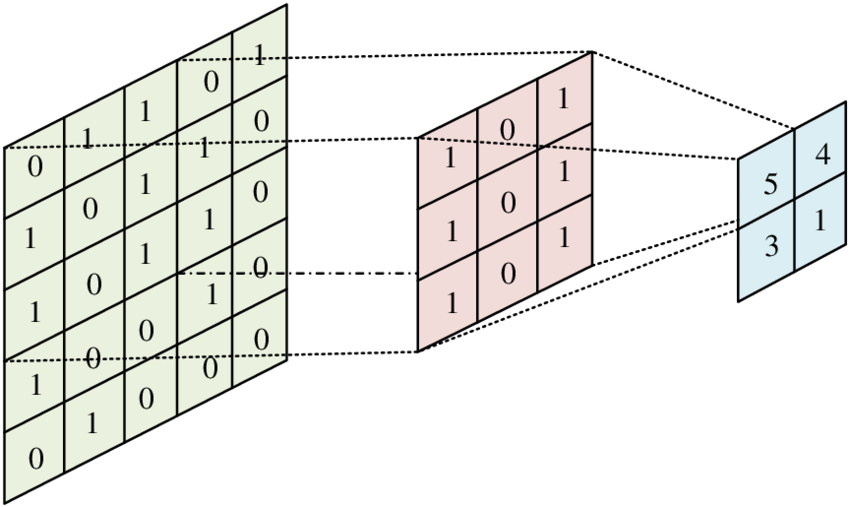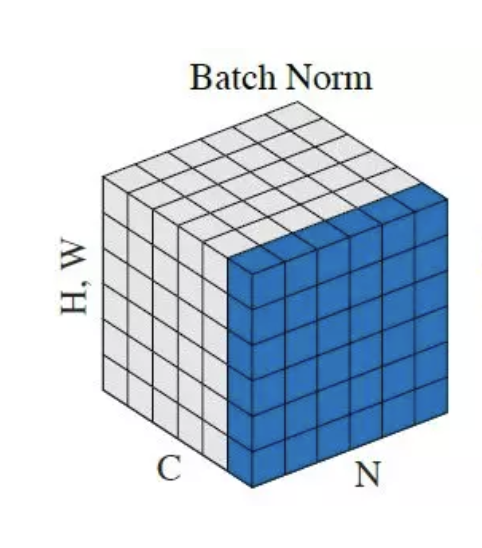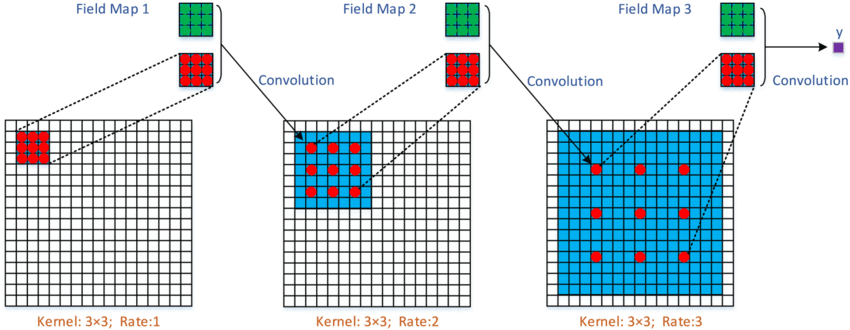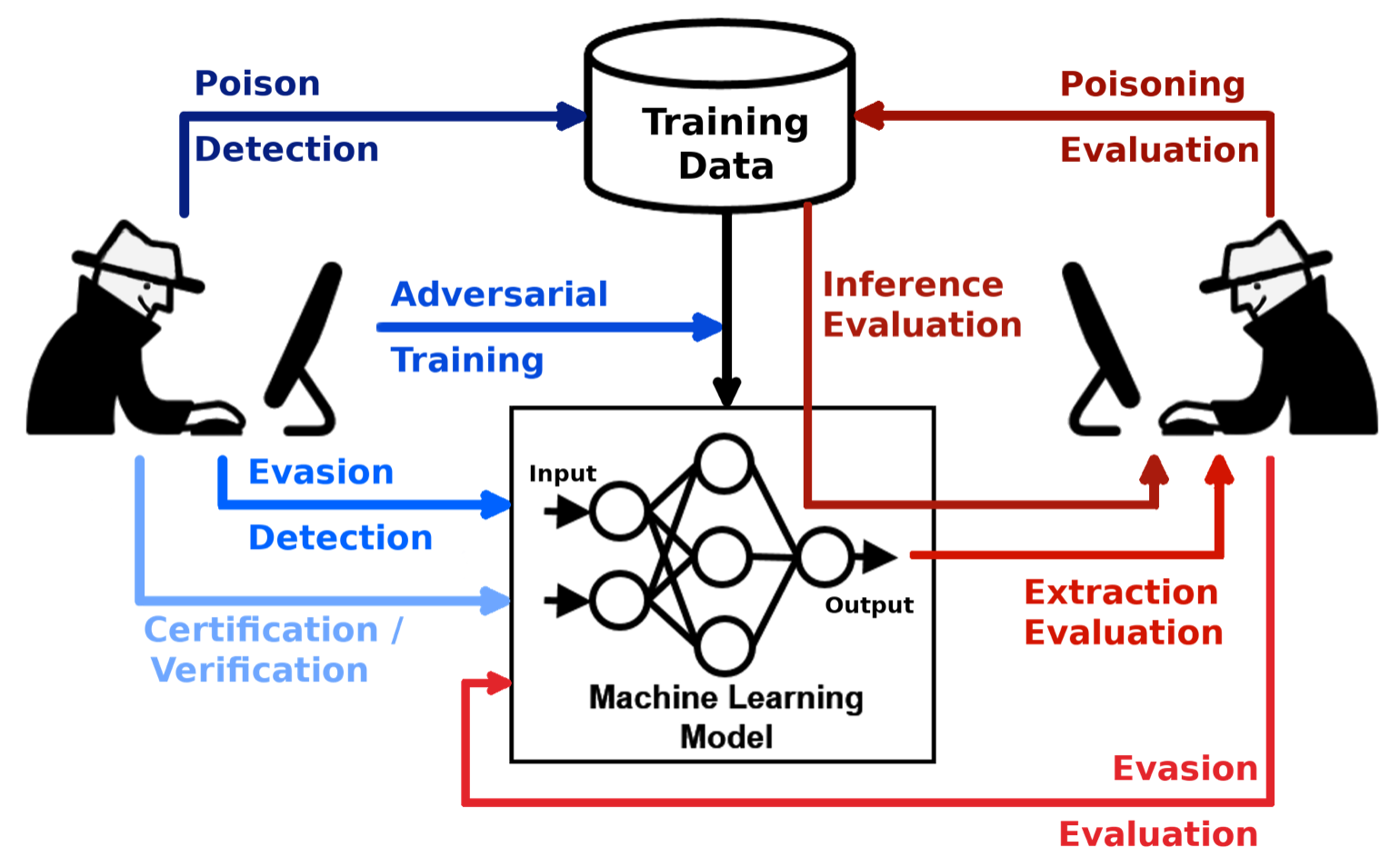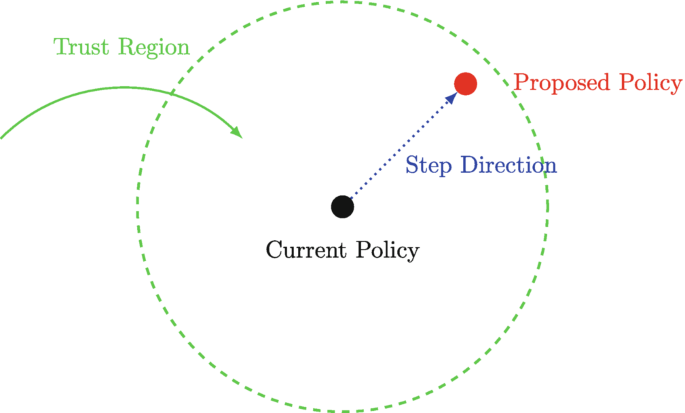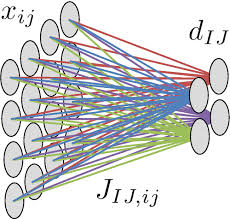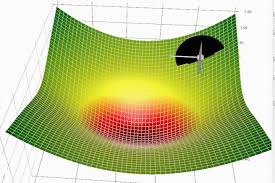Generative Adversarial Networks (GANs) use two competing neural networks to generate realistic synthetic data, making them essential for tasks like data augmentation, image generation, and anomaly detection. With wide-ranging applications in areas like healthcare, geoscience, and law enforcement, GANs are driving innovation across industries.
Convolutions are mathematical operations used in neural networks to detect patterns in data such as images, audio, and time-series. Widely applied across industries like healthcare, agriculture, and environmental management, they enhance pattern recognition and computational efficiency.
Bidimensional discrete convolutions are transformative tools in image analysis, enabling efficient pattern detection, feature extraction, and scalability for high-dimensional data. Their versatility has driven innovation in healthcare, transport, and environmental monitoring across Australia and globally.
Batch normalisation is a game-changer in deep learning, enabling faster training, stabilising neural networks, and improving overall model performance. It has become a vital tool in AI applications across industries, including healthcare, education, and environmental science.
Atrous convolutions, also known as dilated convolutions, enhance convolutional neural networks by expanding the receptive field without increasing parameters, making them ideal for high-resolution image analysis. Introduced in 2016, they have since become a cornerstone in tasks like semantic segmentation, object detection, and geospatial analysis.
Adversarial training, introduced in 2014 by Ian Goodfellow, fortifies machine learning models against malicious inputs by exposing them to adversarial examples during training. This method enhances model security and robustness, making it critical for applications in sensitive areas like healthcare, finance, and defense.
The Advanced Policy Estimation Algorithm (APEA), building on foundational reinforcement learning work, optimizes decision-making in dynamic environments through adaptive and scalable policy learning. It enables smarter resource allocation, fraud detection, and environmental management across industries.
Advanced neural models, inspired by the human brain and shaped by pioneers like Hinton, LeCun, and Bengio, have revolutionized AI with architectures such as CNNs, RNNs, and Transformers. These models address challenges in complex data processing, pattern recognition, and adaptability, finding applications across diverse domains.
AdaGrad is an adaptive optimisation algorithm introduced in 2011 that adjusts learning rates dynamically, ensuring efficient training, particularly for sparse datasets. Its innovative approach simplifies hyperparameter tuning and enhances convergence in machine learning workflows.
AdaDelta is an adaptive learning rate optimisation algorithm introduced by Matthew D. Zeiler in 2012 as an enhancement to AdaGrad. It is widely used for its efficiency, stability, and ability to address challenges like diminishing learning rates and gradient vanishing, particularly in sparse data tasks.


